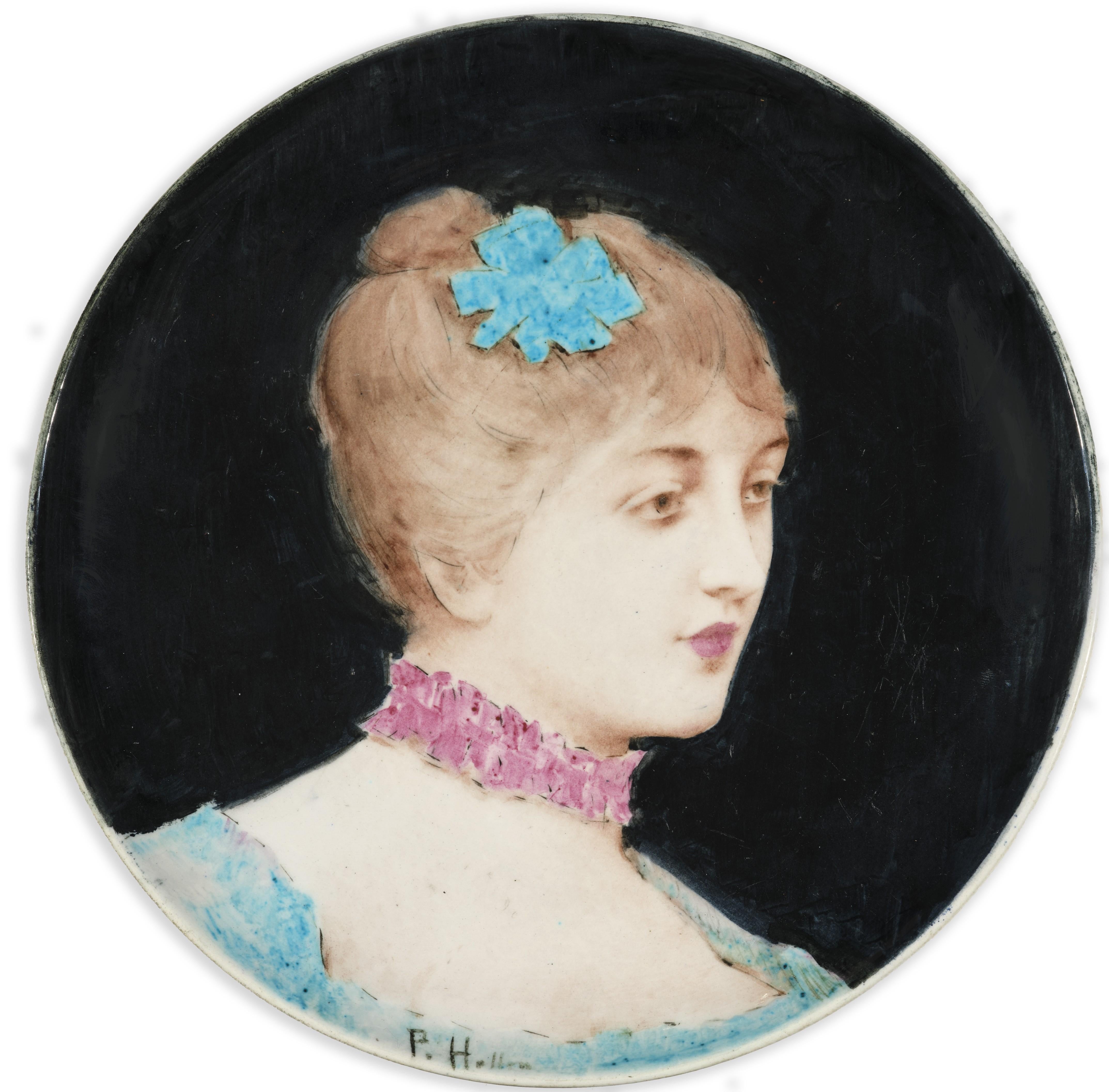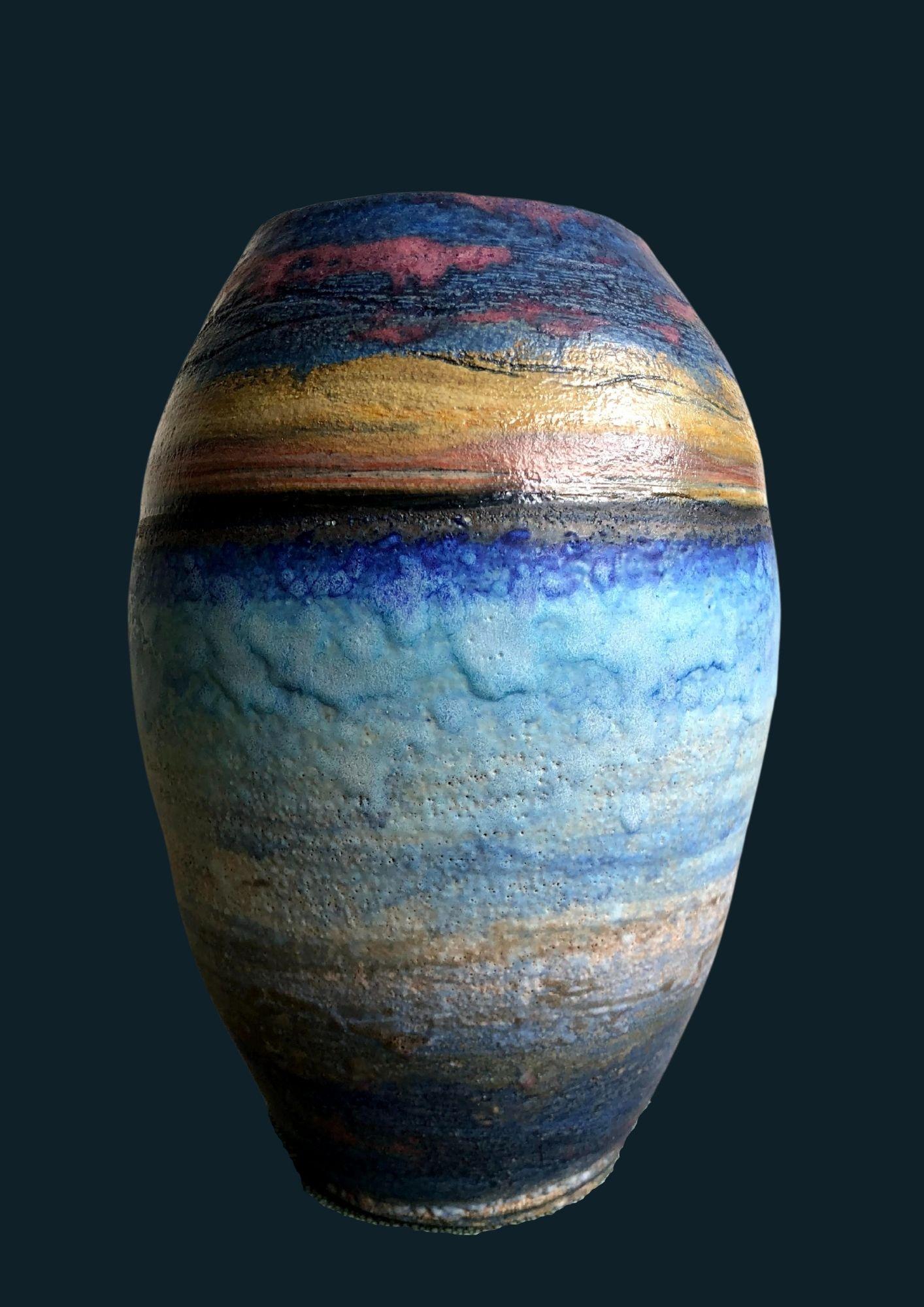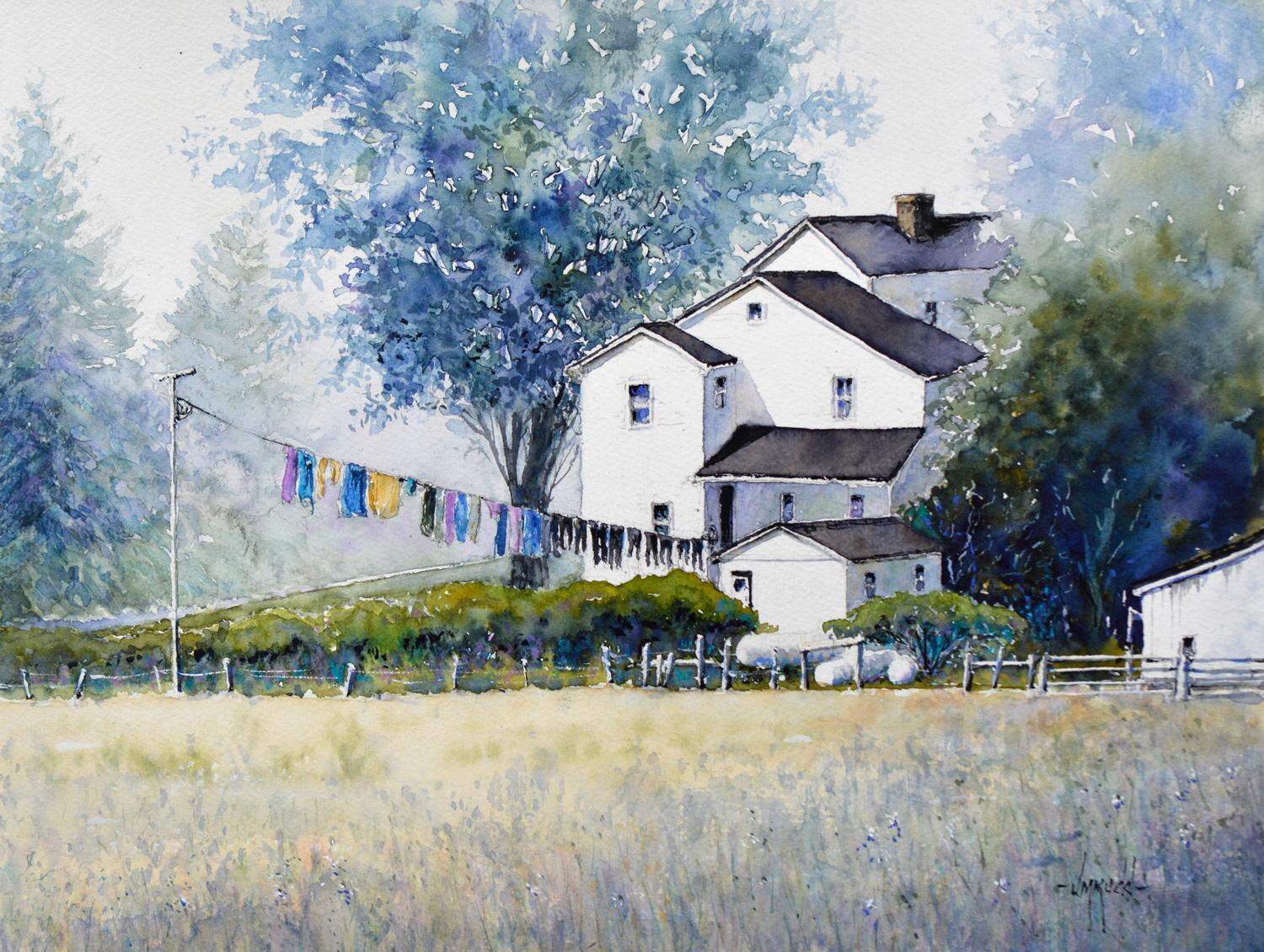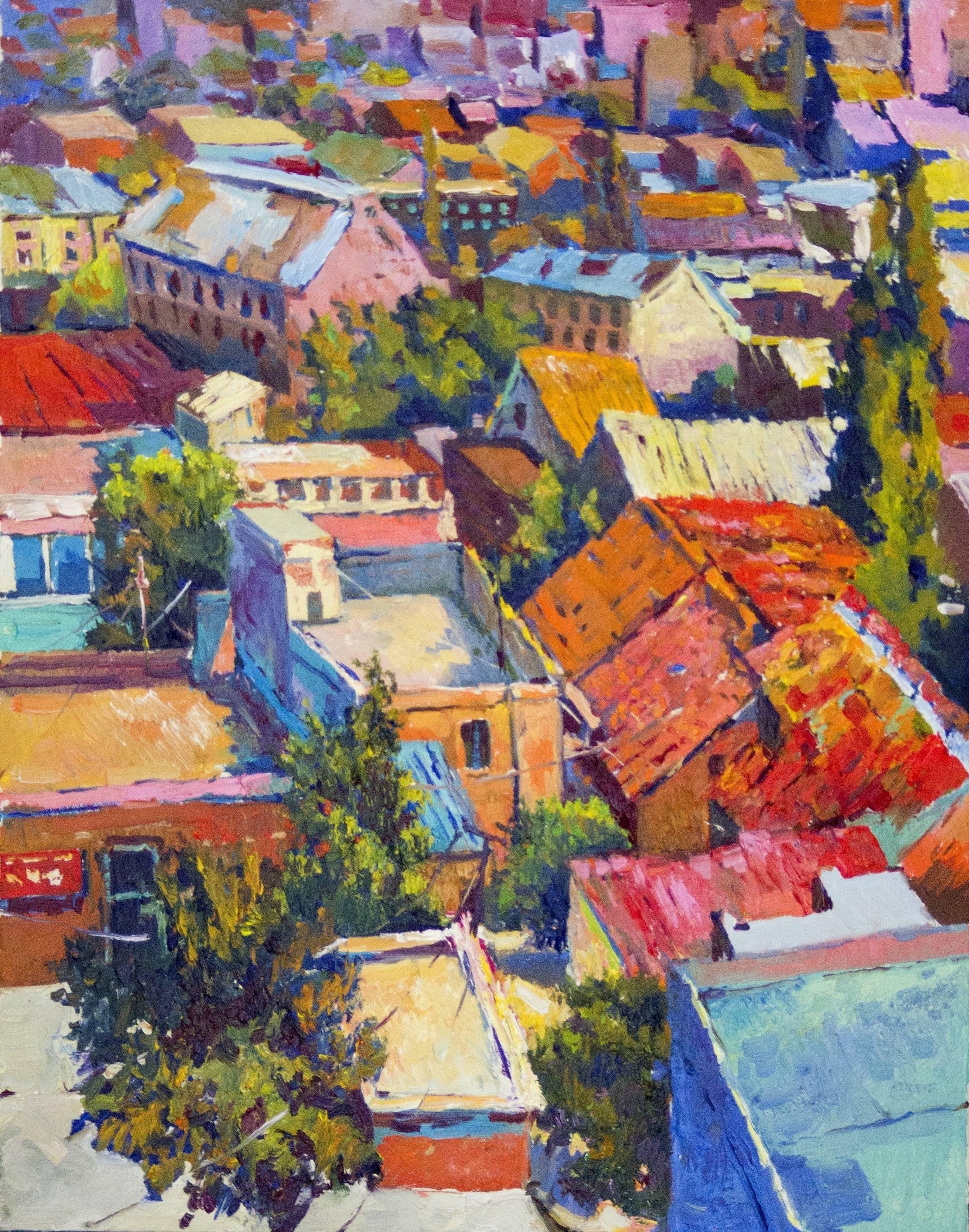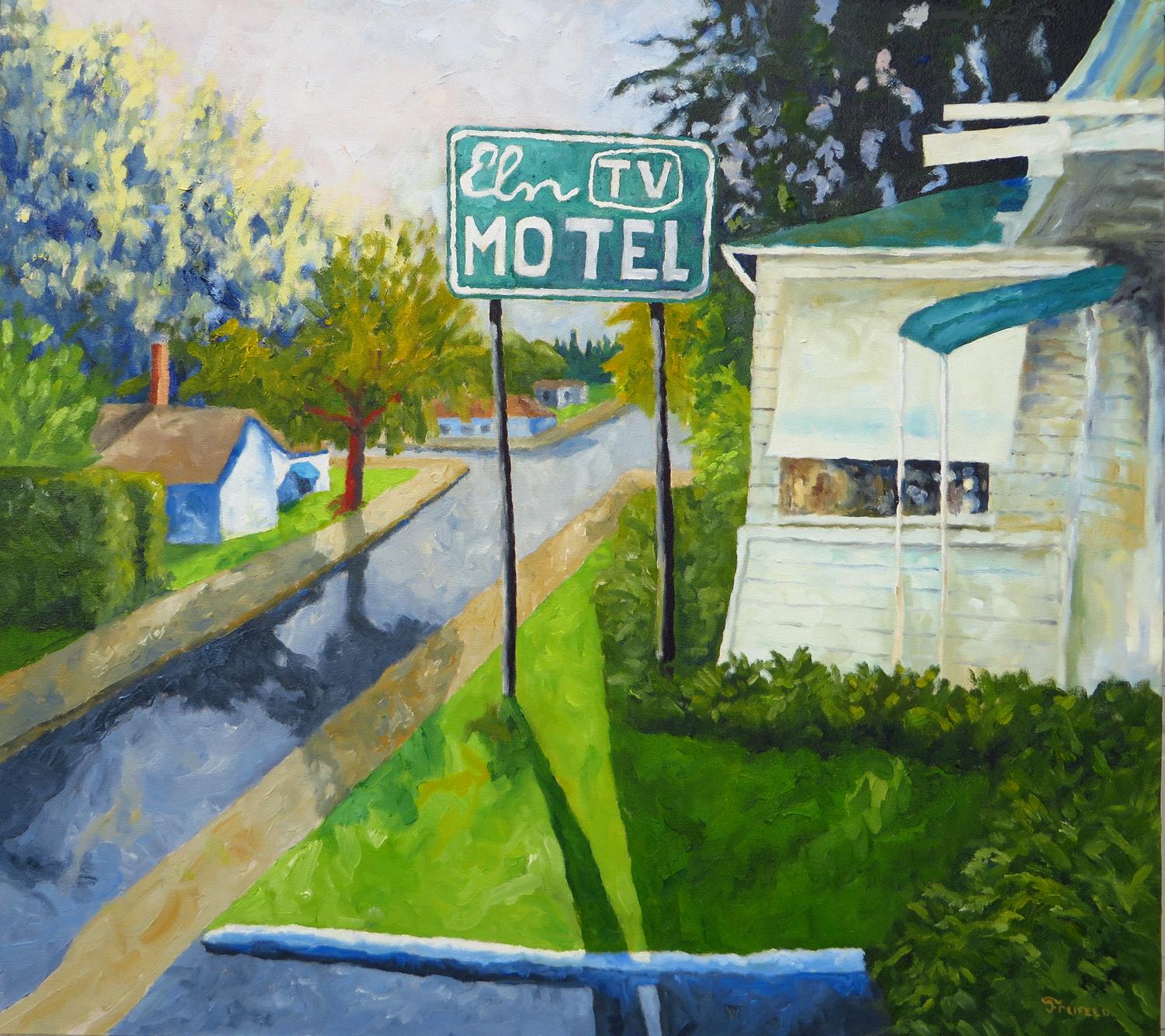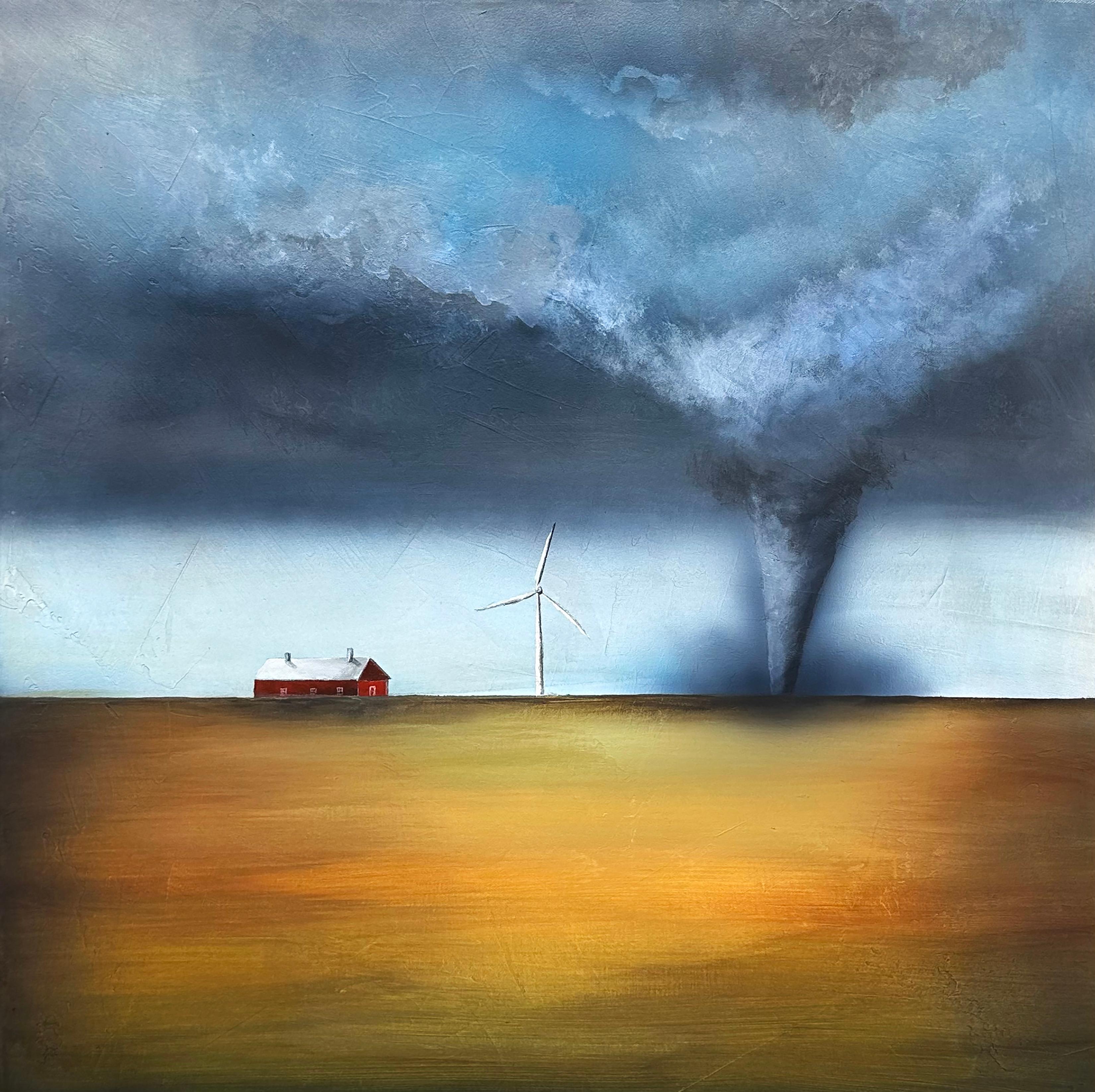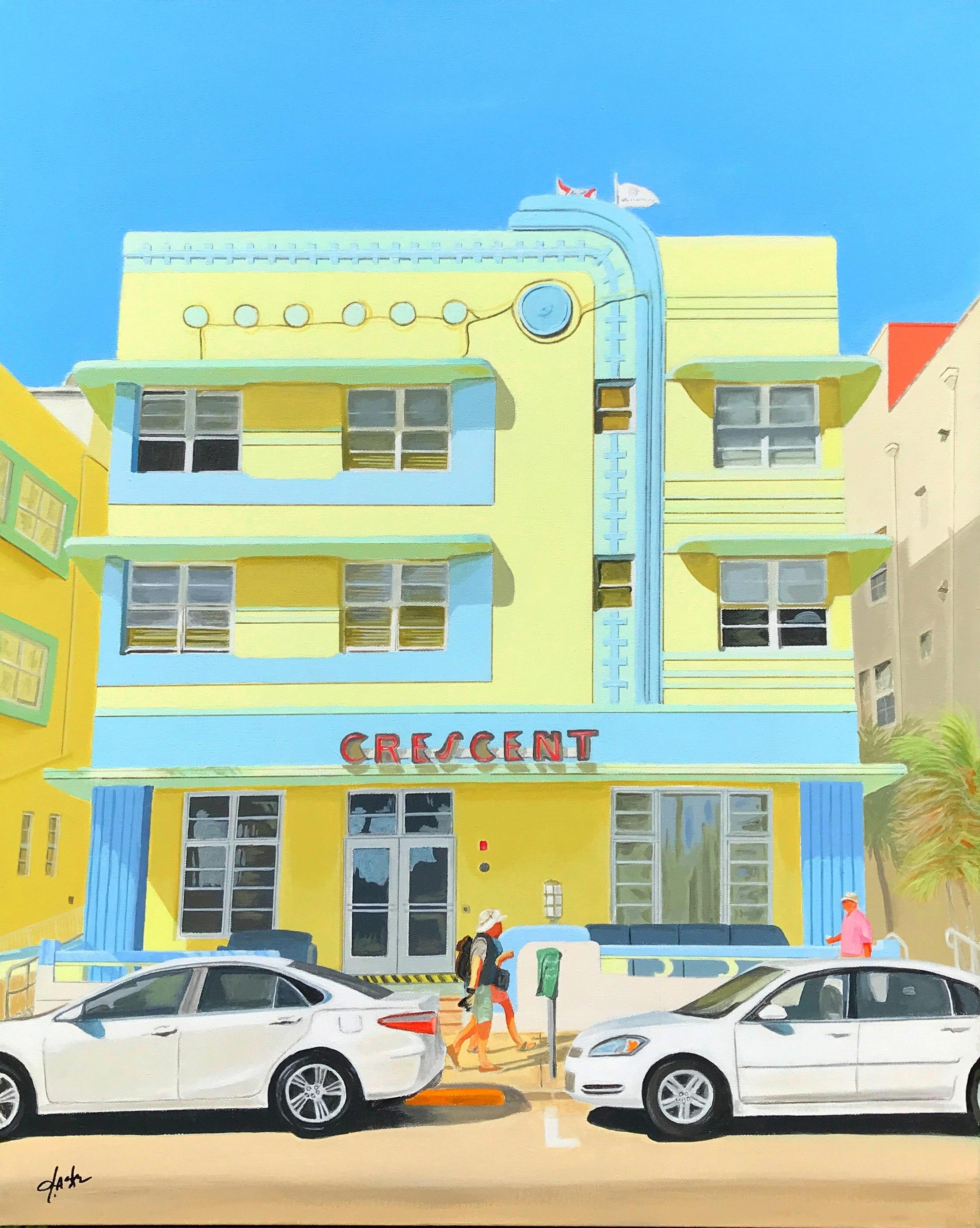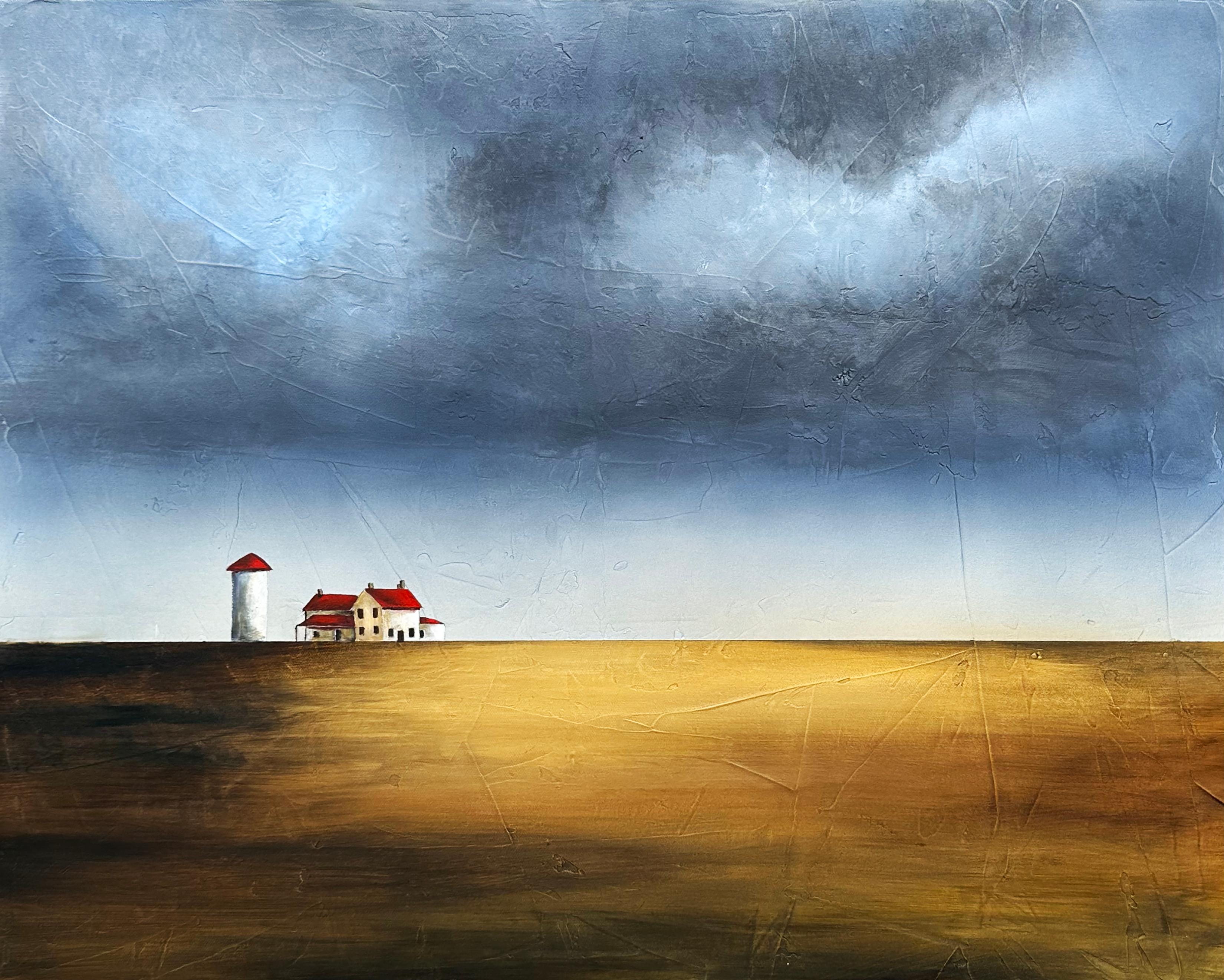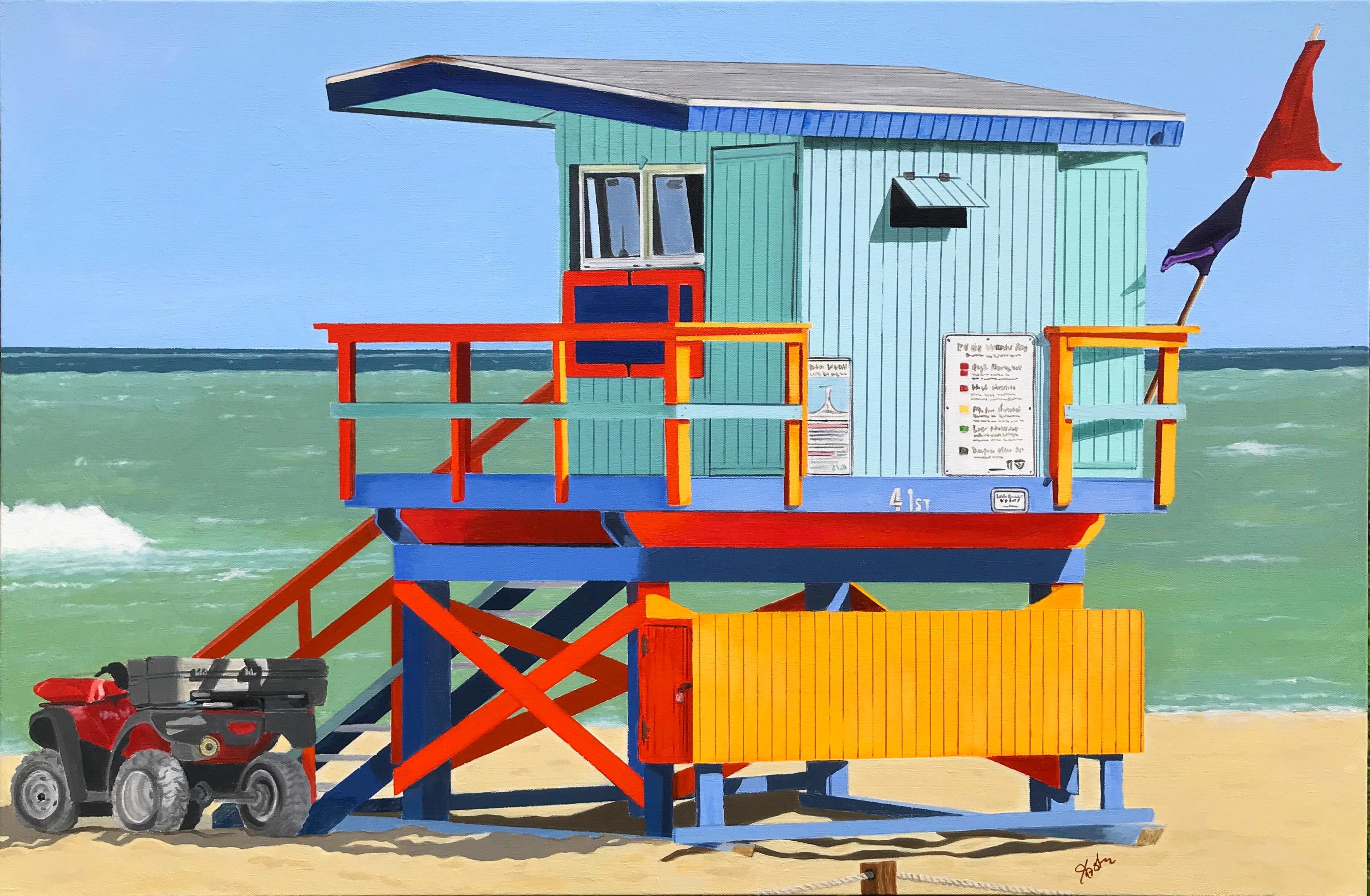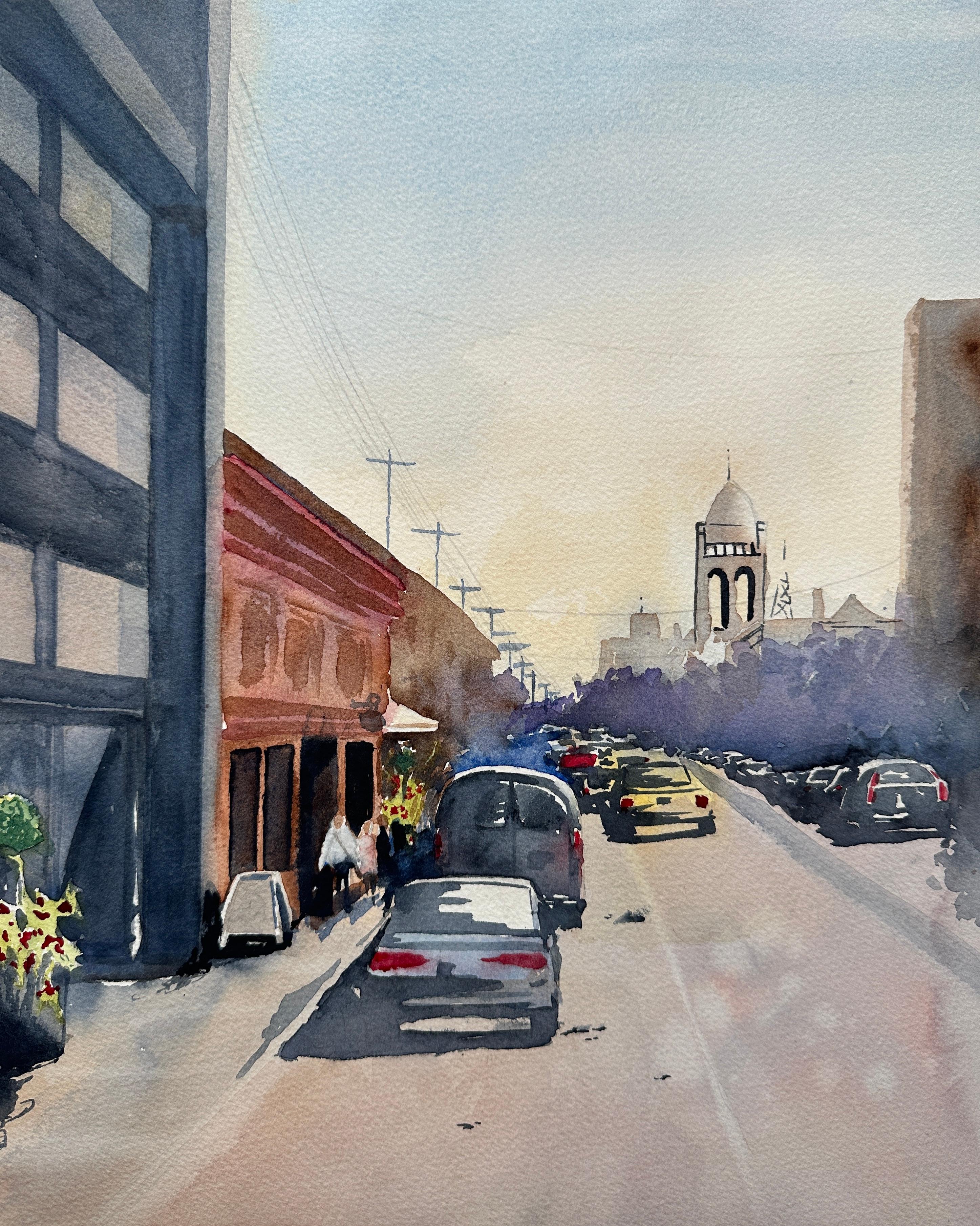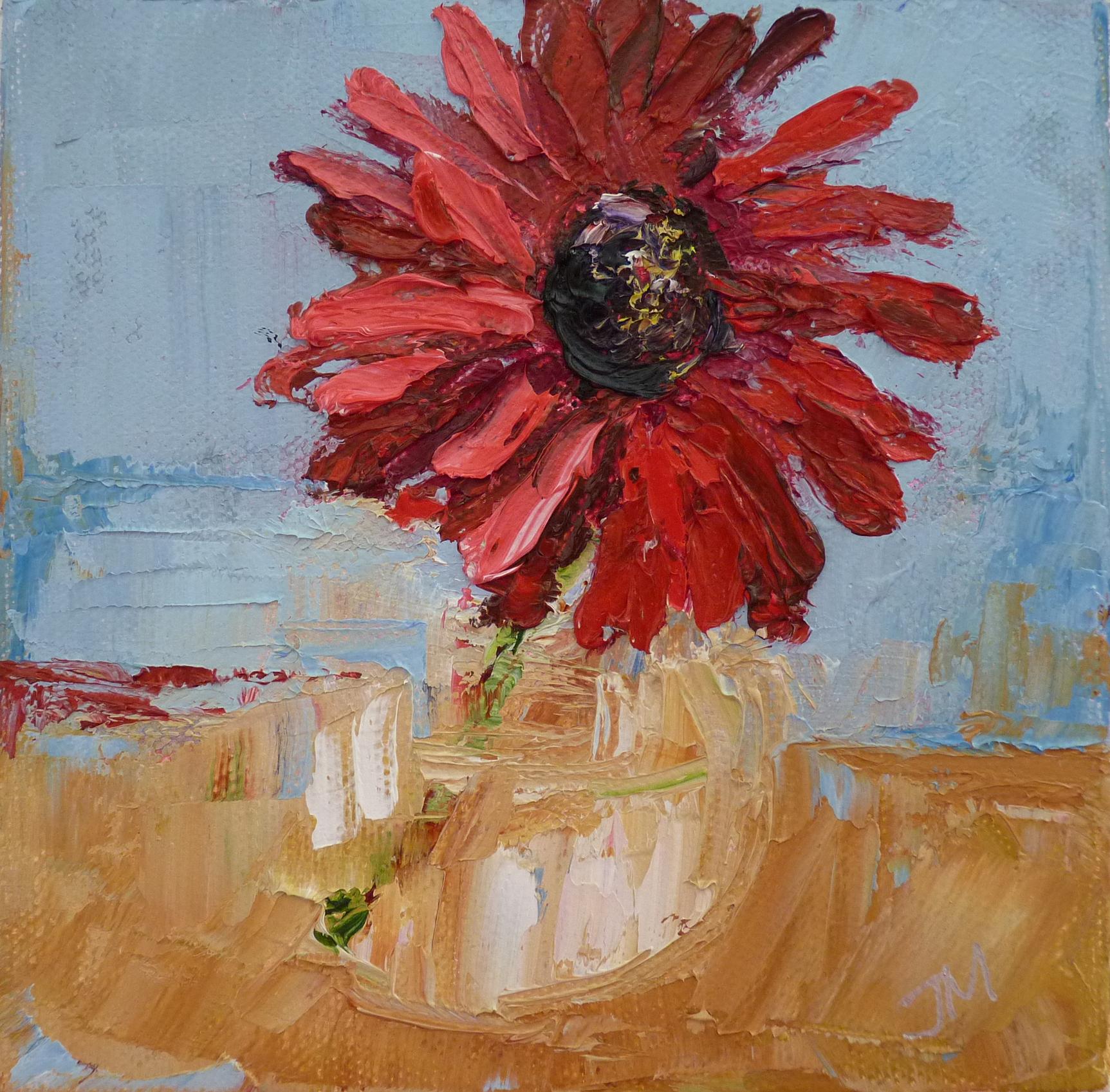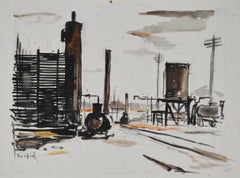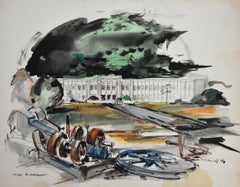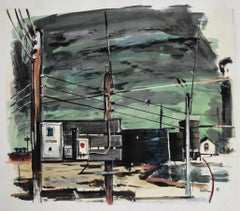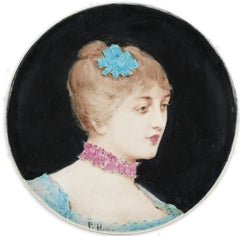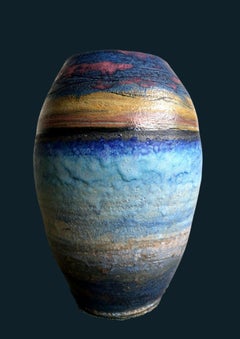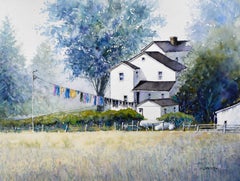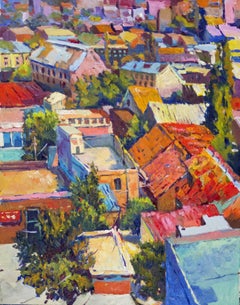"Misty Bayou" HAZE. ONE OF HIS BEST Dated 1917 Alexander Drysdale (1870-1934)
Alexander John Drysdale
(1870-1934)
New Orleans Louisiana / New York Artist
Size: 20 x 30
Frame: 26 x 36
Medium: Oil Wash? Watercolor?
Dated: 1917
"Misty Bayou" Housed in the original magnificent frame.
Alexander John Drysdale (1870-1934) New Orleans Louisiana / New York Artist
Alexander John (A.J.) Drysdale was an early 20th century Louisiana artist who specialized in landscapes using the technique of oil wash, that gave his works a characteristic of a hazy look. Drysdale made use of this technique by diluting the oil paint with kerosene and applying it with cotton balls. Alexander John Drysdale, born in Marietta, Georgia on March 2, 1870, came to New Orleans at the age of fifteen with his parents. His father, Reverend Alexander J. Drysdale, became the rector of Christ Church Cathedral. Alex received private tutoring from a Professor Mehado and art lessons from Ida Hackell at the Southern Art Union. Later in New Orleans (1887) he studied art under Paul Poincy (1833-1909). The exact date of Drysdale's arrival in New York is unknown, but he enrolled in the Art Students League where he received instruction from Charles C. Curran and Frank Vincent DuMond. Apparently, he remained in New York for about five years and did not go to Europe for further study. After some time, Drysdale began specializing in landscapes, executed in a tonalist manner.
Back in New Orleans, Drysdale was inspired by local subjects, especially swamp or bayou areas and other desolate wetlands. Over a period of many years Drysdale's landscapes evolved to a unique stylistic maturity. In 1909 he received a gold medal from the New Orleans Art Association. It is easy to see the influence of two artists that he admired: Corot and Inness. Working equally well in oil and watercolor (he also did scenes in charcoal), Drysdale usually divided his scene into halves or thirds, typically, a foreground consisting of tall swamp grasses achieved with broad vertical strokes; a middle ground consisting of a backdrop row of trees at the horizon line executed with staccato, jabbing strokes resulting in textural contrast; and a background devoted totally to a tonalist-like moisture-laden sky often hazy with no clouds or only a slight indication of them. This formulaic compositional format rendered with an economy of technique resulted in imagery with repetitious forms and shapes diffused in a nebulous space. In this regard, Drysdale's works are impressionistic; he also tended to use the violets and blues of the impressionist palette. Yet he lacked a specific interest in color and light. Although his expression of the Louisiana scenery is very personal, even mystical, the artist appears to have been very limited in subject matter. One of his last works was a mural for the Shushan (New York) Airport administration building, and shortly before his death he was employed as an artist by the Civil Works Administration.
Drysdale was a member of the Arts and Crafts Club of New Orleans, and his work was in the permanent collection of the Delgado Museum for many years. The artist worked at his studio at 320 Exchange Place in the picturesque Vieux Carré until his death at the age of sixty-three. Stewart (in Painting in the South, 1983), describes how Drysdale was a shrewd businessman. He would solicit new homeowners who might need a canvas to decorate a wall, or a cotton broker who recently made the headlines. Drysdale died in New Orleans, on February 9, 1934.
Sources:
Louisiana Artists from the Collection of Dr. and Mrs. James W. Nelson. Baton Rouge, LA: Louisiana State University, 1968; Wiesendanger, Martin and Margaret Wiesendanger, Nineteenth Century Louisiana Painters and Paintings from the Collection of W. E. Groves. New Orleans: W. E. Groves Gallery, 1971, pp. 44-45; Painting in the South: 1584-1980, Exh. cat. Richmond, VA: Virginia Museum, 1983, pp. 106-107, 114, 276; Chambers, Bruce W., Art and Artists of the South: The Robert P. Coggins Collection of American Paintings. Exh. cat. Rochester, NY: Memorial Art Gallery of the University of Rochester, 1984, p. 88; Zellman, Michael David, 300 Years of American Art. Seacacus, NJ: Wellfleet Press, 1987, p. 634; Gerdts, William H., Art across America: Two Centuries of Regional Painting, 1710-1920. New York: Abbeville Press, 1990, vol. 2, pp. 110-111.
Submitted by Richard H. Love and Michael Preston Worley, Ph.D.
Biography from The Johnson Collection
ALEXANDER JOHN DRYSDALE (1870–1934)
Born in Marietta, Georgia, Alexander John Drysdale was the only son of an ordained Episcopal priest whose ministry required frequent moves to parishes in Georgia, Alabama, and Tennessee. In 1883, he accepted the call to become dean of Christ Church Cathedral, New Orleans, and was later elected a bishop. Alexander, thirteen years old when the family settled in New Orleans, began his art studies under the instruction of Ida C. Haskell, a California-born artist who was on the faculty of the recently established Southern Art Union. The local academy had been founded by several leading artists, including Andres Molinary,
William Henry Buck...
